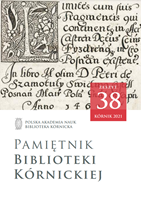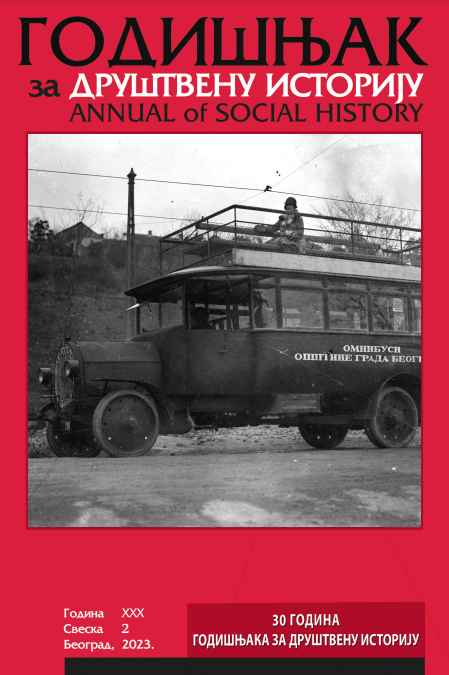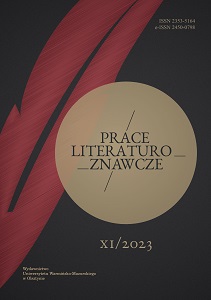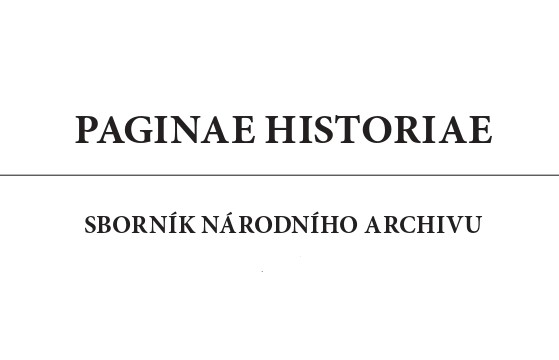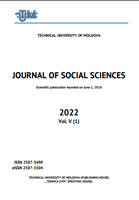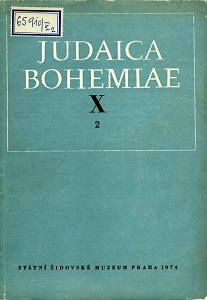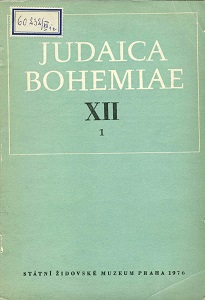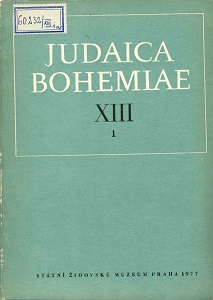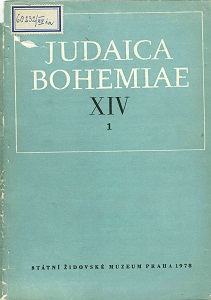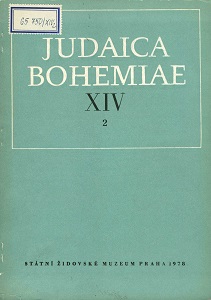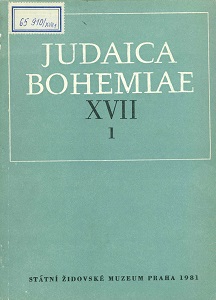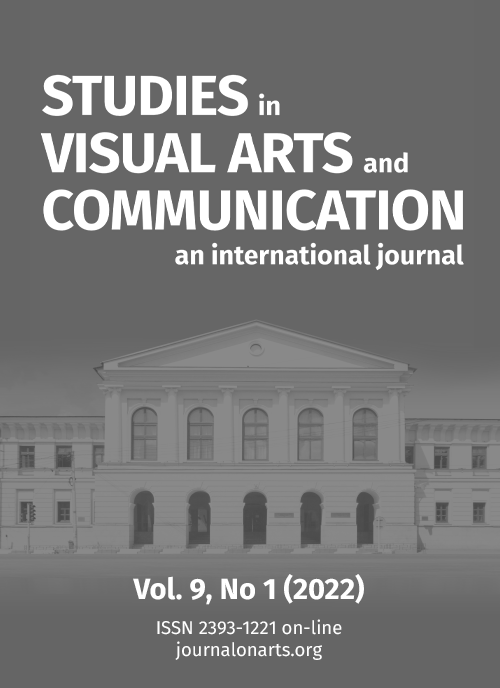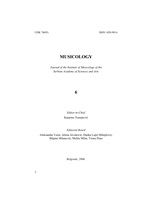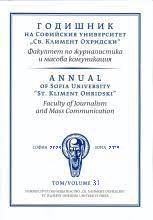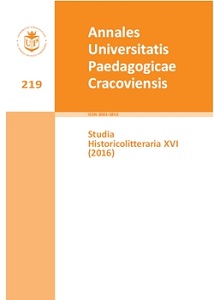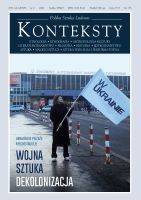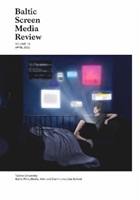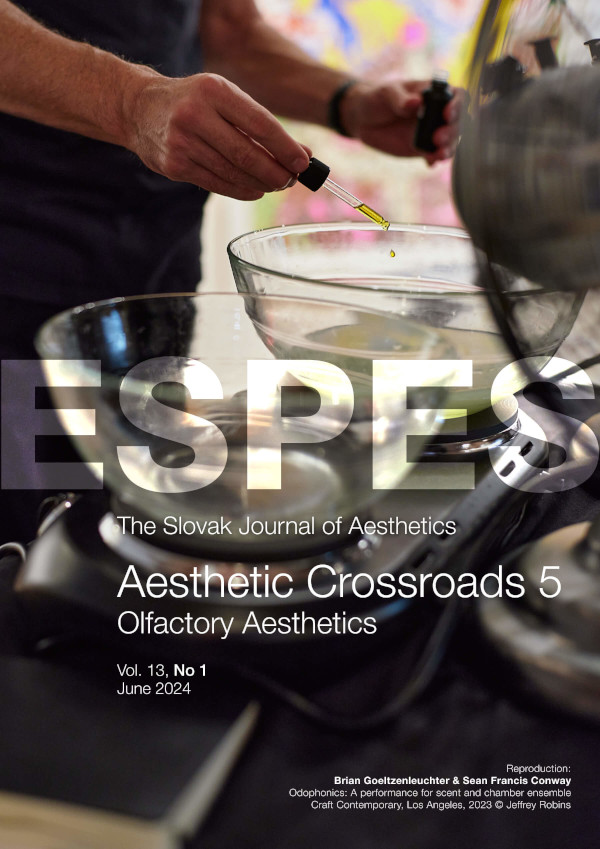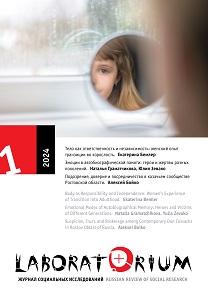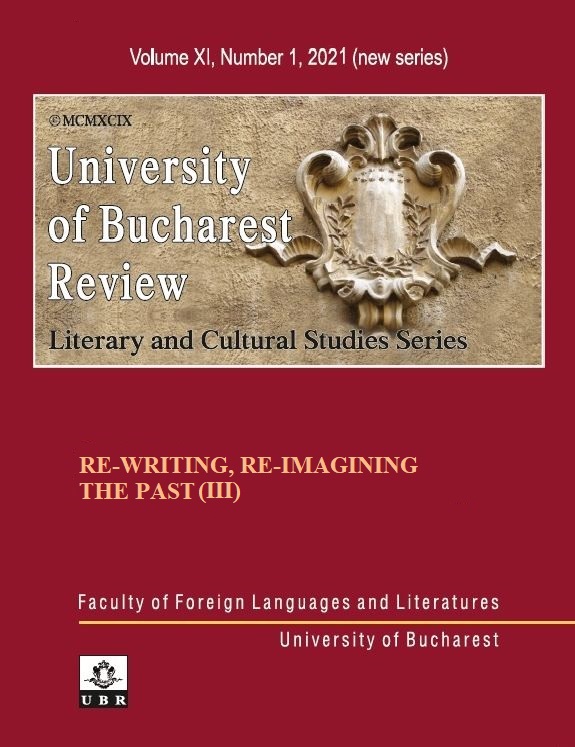
Rewriting Girlhood. Ambiguous Bodies in Contemporary American Visual Arts: Sally Mann’s At Twelve
Drawing on cultural studies, gender theories, feminist theories, visual culture and semiotics, the present study investigates the subversive ways in which particular visual representations of teenage bodies introduce the generic transgression of cultural boundaries and limits in order to reflect the process of identity formation. Departing from various theories of corporeality and the semiotics of the body as a cultural entity, this study looks at contemporary American photographer Sally Mann’s collection of photographs, At Twelve, in order to discern the visual mechanisms through which the staged representation of adolescent girls introduces the generous subversion of generic normative categories such as gender, age or social status. Furthermore, the present analysis suggests that trespassing boundaries is a necessary stage in the construction of self-sustainable identities in the aftermath of-postmodernism. Thus, the article tackles gender construction as a cultural edifice in which visual representation plays a significant part. Sally Mann’s photography is eventually viewed as an instance of the contemporary interrogation of norms and boundaries of classical Western culture, as well as an innovative visual documenting of the transgressions, transitions and avoidance of limits that characterize adolescence.
More...
